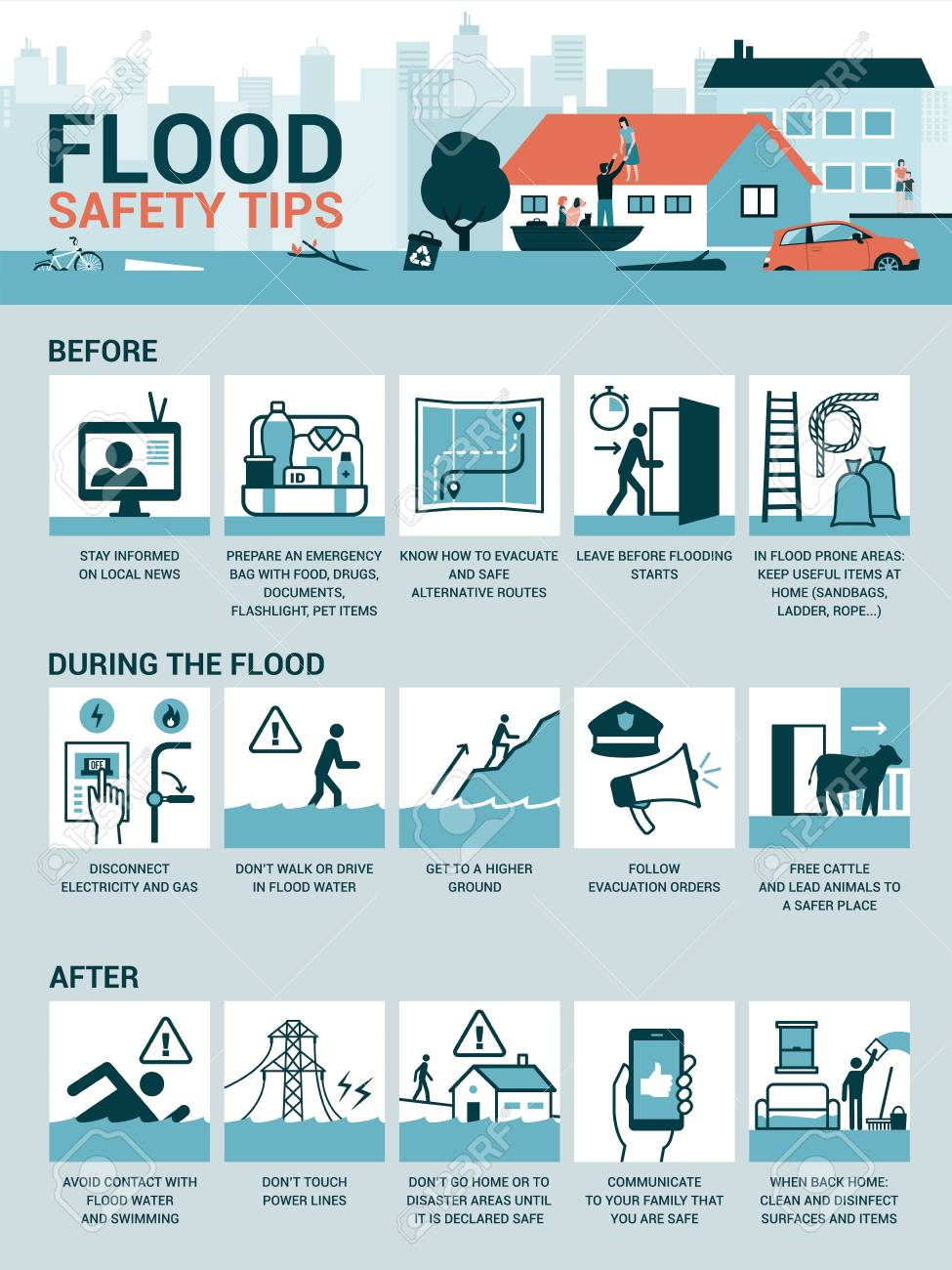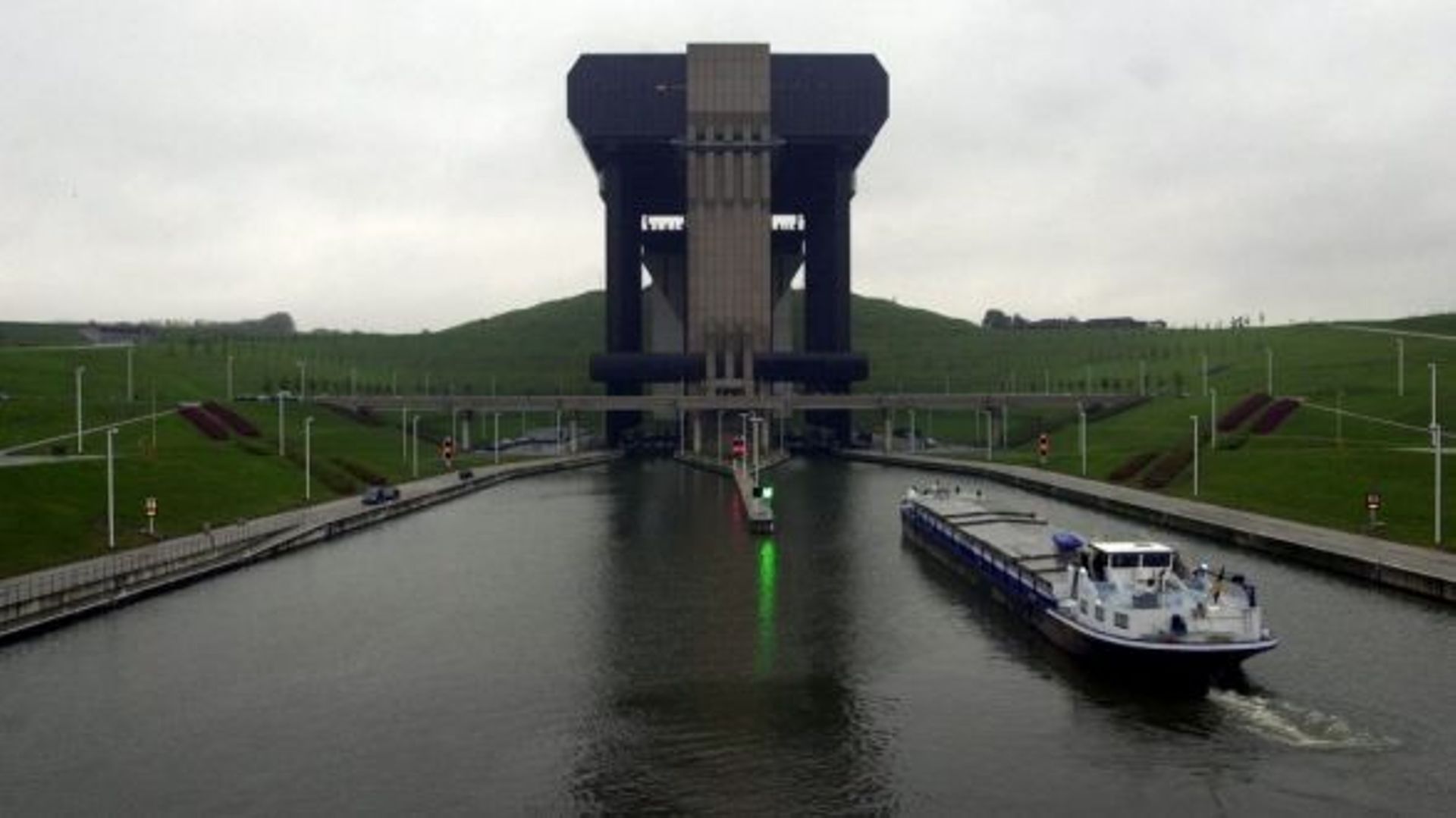Flash Flood Emergency Response Plan: Steps To Take During And After

Table of Contents
Before the Flash Flood: Preparedness is Key
Proactive preparation is the cornerstone of effective flash flood emergency response. Taking steps beforehand significantly reduces the risks and improves your chances of survival and minimizing damage.
Develop a Family Communication Plan
A well-defined communication plan is essential during a crisis. Knowing how to contact each other and having a designated meeting point are vital for reunification.
- Establish a meeting place: Choose a location outside your immediate neighborhood, ideally on higher ground and away from flood-prone areas.
- Designate an out-of-area contact: Select a friend or relative who lives outside the flood-risk zone. This person serves as a central point of contact for family members to check in.
- Utilize emergency alert systems: Sign up for your community's warning system (e.g., NOAA Weather Radio, local emergency alerts) to receive timely updates and instructions.
- Practice your plan: Regularly rehearse your plan, particularly with children, to ensure everyone knows what to do in an emergency. This familiarity can be the difference between life and death during a flash flood.
Prepare Your Home
Preparing your home involves securing valuables, identifying potential risks, and stocking essential supplies.
- Elevate valuables: Move important documents, electronics, and furniture to higher levels of your home.
- Identify flood risks: Assess your property for vulnerabilities, such as drainage issues or proximity to waterways.
- Stockpile emergency supplies: Gather a minimum of three days' worth of water (one gallon per person per day), non-perishable food, a first-aid kit, essential medications, a flashlight, a battery-powered radio, and extra batteries. Consider including blankets, extra clothing, and important documents in waterproof containers.
- Know your evacuation routes: Identify multiple escape routes from your home and familiarize yourself with the safest paths to higher ground.
Understand Your Risk
Knowing your risk level and recognizing the warning signs of an impending flash flood are crucial.
- Identify flood-prone areas: Familiarize yourself with flood maps and historical flood data for your location. Many local governments provide this information online.
- Check flood maps: Utilize online resources like FEMA's Flood Map Service Center to determine your flood risk.
- Subscribe to weather alerts: Stay informed by subscribing to weather alerts and emergency notifications from reliable sources.
- Recognize warning signs: Be aware of indicators like heavy rainfall, rapidly rising water levels, and strong currents in nearby streams or rivers. These are all signs that a flash flood may be imminent.
During the Flash Flood: Immediate Actions to Take
Swift action during a flash flood is critical for survival. Your response should be immediate and decisive.
Evacuate Immediately
When a flash flood warning is issued, evacuate immediately. Do not hesitate.
- Obey evacuation orders: Follow instructions from local authorities without delay.
- Move to higher ground: Seek refuge in a designated shelter or on higher ground well away from floodwaters.
- Never drive through flooded areas: Even a small amount of water can sweep a vehicle away. Turn around, don't drown.
- Seek shelter: Find a sturdy building or designated safe location as quickly as possible.
If Trapped
If you become trapped, prioritize your safety and signal for help.
- Move to the highest level: If trapped inside your home, move to the highest level and seek refuge on the upper floors or roof if necessary.
- Signal for help: Make yourself visible by waving a brightly colored cloth or using a whistle.
- Call emergency services: If possible, call emergency services to report your location and situation.
Stay Informed
Maintain awareness of the situation through continuous monitoring of information channels.
- Monitor weather reports: Keep abreast of weather updates and flash flood warnings.
- Pay attention to official announcements: Follow instructions from local authorities, emergency management agencies, and news sources.
After the Flash Flood: Recovery and Rebuilding
Post-flood recovery requires caution and careful planning. Safety and health are paramount in the aftermath.
Assess the Damage
Conduct a thorough inspection of your property after the floodwaters recede.
- Check for structural damage: Evaluate your home for cracks, foundation damage, and other structural issues.
- Inspect for hazards: Before entering, check for electrical hazards and gas leaks. If you detect either, contact your utility companies immediately.
- Document the damage: Take photos and videos of the damage for insurance claims.
Clean Up Safely
Cleaning up after a flash flood necessitates careful attention to safety protocols.
- Wear protective gear: Use gloves, boots, and masks when handling flood debris, as it may be contaminated with harmful substances.
- Dispose of contaminated materials properly: Follow local guidelines for discarding contaminated materials.
- Avoid contact with floodwater: Floodwater often contains harmful bacteria and contaminants. Avoid contact to prevent illness.
- Use caution with standing water: Standing water can be contaminated and potentially dangerous. Avoid walking or driving through it.
Seek Assistance
Don't hesitate to reach out for assistance after a flash flood.
- Contact your insurance company: File a claim with your insurance provider as soon as possible.
- Reach out to relief organizations: Contact local emergency management agencies and relief organizations for aid.
- Explore government assistance: Investigate available government assistance programs for disaster relief.
Conclusion
A comprehensive flash flood emergency response plan is vital for safeguarding lives and minimizing property damage. By following the preparedness steps, taking swift action during a flash flood, and engaging in safe post-flood recovery, you significantly reduce risks and increase your chances of surviving this dangerous natural disaster. Don't wait until a flash flood strikes – develop your flash flood emergency response plan today and protect your family and your future. Remember, proactive planning for flash flood emergencies is crucial for your safety and peace of mind. Take control of your safety and create your flash flood emergency response plan now.

Featured Posts
-
 Depannage Et Maintenance Des Equipements Techniques A La Rtbf
May 26, 2025
Depannage Et Maintenance Des Equipements Techniques A La Rtbf
May 26, 2025 -
 Roland Whites Review Is Armando Iannuccis Comedy Masterclass Worth Watching
May 26, 2025
Roland Whites Review Is Armando Iannuccis Comedy Masterclass Worth Watching
May 26, 2025 -
 Is Naomi Campbell Banned From The 2025 Met Gala A Look At The Anna Wintour Dispute
May 26, 2025
Is Naomi Campbell Banned From The 2025 Met Gala A Look At The Anna Wintour Dispute
May 26, 2025 -
 Masa Israels Record Breaking English Yom Ha Zikaron Ceremony
May 26, 2025
Masa Israels Record Breaking English Yom Ha Zikaron Ceremony
May 26, 2025 -
 Top Nike Running Shoes For 2025 Style Performance And The Best Fit
May 26, 2025
Top Nike Running Shoes For 2025 Style Performance And The Best Fit
May 26, 2025
